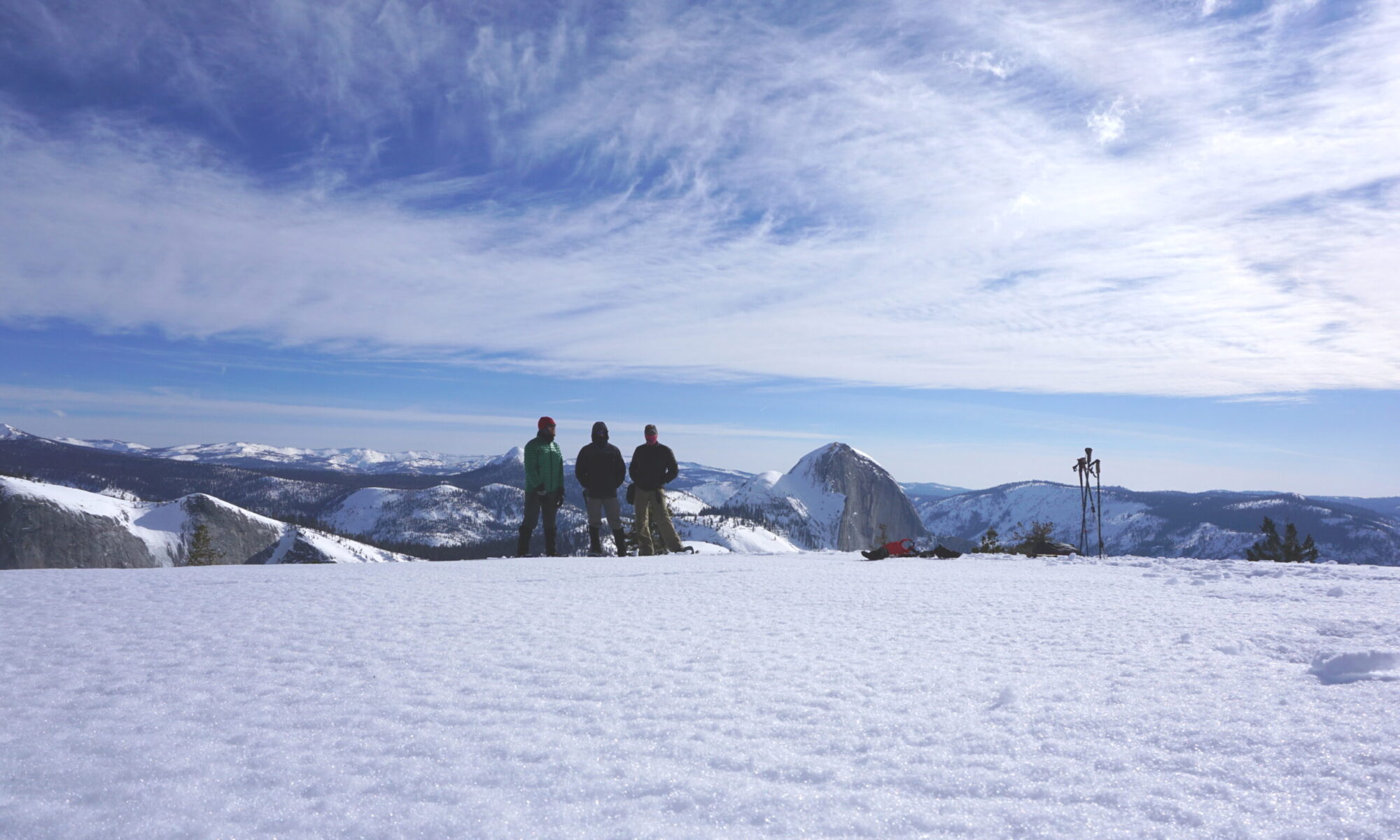Maroon Bells
Description
Maroon Bells-Snowmass Wilderness
The Maroon Bells–Snowmass Wilderness is a U.S. Wilderness Area located in the Elk Mountains of central Colorado. The 181,535-acre (734.65 km2) wilderness was established in 1980 in the Gunnison and White River national forests. Within its boundaries are 100 miles (160 km) of trails, 6 of Colorado’s fourteeners and 9 passes over 12,000 feet (3,700 m). The wilderness is named after the two peaks known as the Maroon Bells as well as Snowmass Mountain. Maroon Bells-Snowmass Wilderness was one of five areas in Colorado designated as wilderness in the original Wilderness Act of 1964. The Wilderness area surrounds the extremely popular Maroon Bells Scenic Area, which is a major access point for Wilderness travel.
The Maroon Bells Peaks
The Maroon Bells are two peaks in the Elk Mountains, Maroon Peak and North Maroon Peak, separated by about half a kilometer (one-third of a mile). The mountains are on the border between Pitkin County and Gunnison County, Colorado, United States, about 12 miles (19 km) southwest of Aspen. Both peaks are fourteeners. Maroon Peak, at 14,163 feet (4317 m), is the 27th highest peak in Colorado. North Maroon Peak, at 14,019 feet (4273 m), is the 50th highest (depending on how they are counted). The view of the Maroon Bells to the southwest from the Maroon Creek valley is very heavily photographed. The peaks are located in the Maroon Bells–Snowmass Wilderness of White River National Forest.
The Expedition
An ambitious backpacking trip located in the beautiful Maroon Bells/Snowmass Wilderness that is routed over four mountain passes (West Maroon – 12,500 ft.; Frigid Air – 12,415 ft.; Trail Rider – 12,420 ft.; Buckskin – 12,500 ft.). The variety of terrain encompasses scenic forests, mid to late summer wildflowers, challenging river crossings, and provides spectacular views of the Maroon Bells and numerous other peaks of the Elk Mountain Range. When camping in the Wilderness, campsites must be located 100 feet from any body of water or trail or at a designated campsite. Start your hike early as thunderstorms are common on the passes in early afternoon. Wading rivers or streams in early summer can be treacherous. Sandals or boat shoes are strongly recommended. Wading barefoot can be extremely dangerous. Be sure to unbuckle your pack when navigating any stream crossing.

